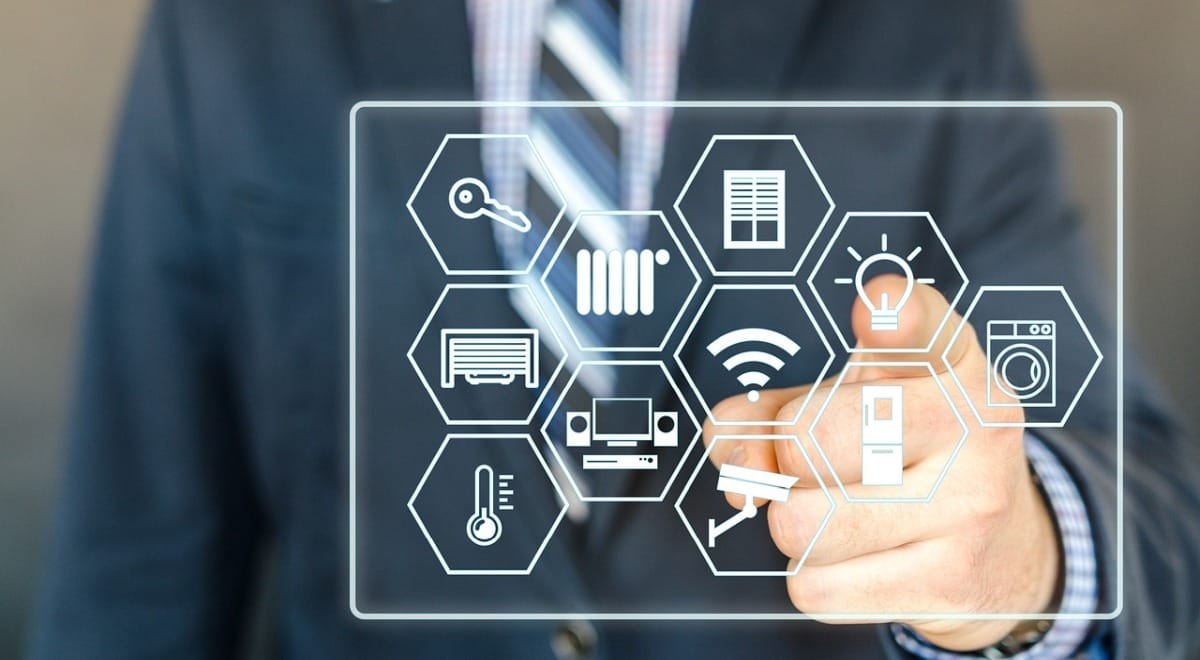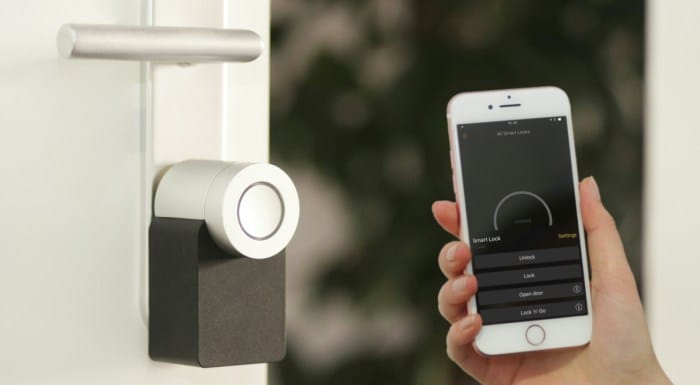
Beginner’s Guide to Smart Home Technology
The world of smart home technology has grown rapidly in the last decade, and for good reason. Imagine being able to control your lights, thermostat, and even your coffee maker from your smartphone or with a simple voice command. The concept of smart homes is not just about convenience; it’s about enhancing your lifestyle, improving efficiency, and making your home more comfortable. This beginner’s guide will help you understand smart home devices, their benefits, and show you how you can set up your own connected home ecosystem.
What Is Smart Home Technology?
Smart home technology refers to devices, appliances, and systems that can be controlled remotely or automated to enhance convenience, safety, and energy efficiency. Through an app or a smart speaker, you can control things like your home’s lighting, security systems, heating, kitchen appliances, and entertainment devices. This means that your home works seamlessly with your habits, anticipating your needs and adjusting accordingly.
Smart homes use Internet of Things (IoT) technology to connect various devices over a network, making it easy to manage and automate tasks. Whether you’re a tech enthusiast or simply someone who values convenience, a smart home can make daily tasks easier, more efficient and more cost effective.
Benefits of Smart Home Technology
There are numerous advantages to integrating smart technology into your home. Let’s take a closer look at some of the best benefits:
Convenience and Comfort
One of the biggest advantages of smart home technology is the convenience it provides. With smart devices, you can control many aspects of your home from anywhere in the world using your smartphone, tablet or smart speaker. Want to turn off the lights after you’ve already settled in bed? A simple voice command to a smart assistant like Alexa or Google Assistant or a tap on your app can do the job.
Energy Efficiency
Smart thermostats, smart plugs, and smart lighting systems can significantly reduce your energy consumption. For example, a smart thermostat learns your heating and cooling preferences and optimises the system to save energy. Smart lights can be scheduled to turn off when you’re not at home, ensuring that energy isn’t wasted. In a time of rising energy bills, the savings that these smart devices bring makes them must-have items
Enhanced Security
Security has proven to be one of the main reasons why many people have adopted smart home technology. Devices like smart doorbells (such as Ring) and smart cameras allow you to monitor your home in real-time from your phone and interact with visitors form afar. Smart locks can be locked or unlocked remotely, which means you’ll never have to worry about forgetting your keys again. Many of these devices also offer motion detection alerts, making it easier to keep your home safe.
Improved Quality of Life
Smart homes can also improve your quality of life in subtle ways. Imagine having your morning routine automated – your coffee maker starts brewing as soon as your alarm goes off, the thermostat adjusts to a comfortable morning temperature, and the lights gently turn on to wake you up. These small adjustments can make your day-to-day life more comfortable and enjoyable.
Essential Smart Home Devices
With the basic benefits of smart home technology now covered, let’s take a look at some of the essential devices that can help you get started on your smart home journey.
Smart Speakers
Speakers like the Amazon Echo, Google Nest, or Apple HomePod are often the heart of a smart home. These devices are equipped with voice assistants (Alexa, Google Assistant, Siri) that let you control other smart devices, set reminders, play music, and get updates, all through voice commands.
Smart Lighting
Smart lights (such as Philips Hue or LIFX) allow you to control the brightness, colour, and schedule of your lights from your phone or via voice commands. Smart lighting can be set to create different moods, such as a bright setting for working and a warm, cozy glow for relaxing.
Smart Thermostats
A smart thermostat (like the Nest Learning Thermostat, Honeywell Evohome or Hive Thermostat) lets you control your home’s temperature from anywhere and can help you save energy by learning your schedule and preferences. They can also integrate with other smart devices to create an even more efficient system.
Smart Security Cameras and Doorbells
Smart security cameras and video doorbells are vital for keeping your home safe. Devices like the Ring Doorbell or Arlo Cameras allow you to monitor your property in real-time, receive motion alerts, and even speak to visitors at your door from your smartphone.
Smart Plugs and Power Strips
Smart plugs allow you to make almost any device “smart” by giving you control over when it turns on and off. This is particularly useful for devices that don’t have native smart functionality, like a traditional coffee maker or fan.
Smart Locks
Smart locks (like August Smart Lock or the August Smart Lock) add an additional layer of security to your home. They can be locked or unlocked remotely, offer digital keys for family members or guests, and can even automatically lock when you leave the house.
How to Set Up a Smart Home Ecosystem
1. Start Small
If you’re new to smart home technology, it’s a good idea to start small. Begin with one or two devices – like a smart speaker and smart lights – to get comfortable with the concept of automation and voice control. Over time, you can add more devices to expand your smart home ecosystem.
2. Choose a Smart Home Platform
One of the most important decisions when creating a smart home is choosing a platform to unify all your devices. The most popular options are Amazon Alexa, Apple Home, Google Home, and Samsung SmartThings, although others are available. Each platform has its unique benefits, so choose one that fits your devices and lifestyle preferences. For instance, if you are an iPhone user with other Apple products, Apple Home might be the best option for seamless integration.
3. Ensure Compatibility
It’s crucial to ensure that the smart devices you choose are compatible with your chosen platform. Most smart home devices will list which platforms they support, and you can often control multiple brands through a single app if they are compatible with the same assistant. Having disconnected smart home technology managed by multiple apps could end up removing a lot of the benefits gained by using smart technology.
4. Set Up Routines and Automations
To get the most out of your smart home, create routines and automations that enhance your lifestyle. For instance, you can set a routine where your lights gradually dim at night while your thermostat adjusts to a cooler temperature, promoting better sleep. Automations help your smart devices work together, creating a home that anticipates your needs and works seamlessly.
5. Think About Security Considerations
When setting up a smart home, it’s important to consider the security of your system. Make sure your Wi-Fi network is secure by using a strong password and enabling network encryption. Regularly update the firmware of your smart devices to protect them from vulnerabilities, and avoid using the default passwords that come with the devices.
Common Challenges and How to Overcome Them
Connectivity Issues
One of the most common challenges people face with smart homes is connectivity. Smart devices rely on a stable internet connection, and weak Wi-Fi can lead to dropped connections. Consider investing in a mesh Wi-Fi system to ensure your entire home has adequate coverage, especially if you have many devices connected at once.
Compatibility Problems
As mentioned above, not all smart devices work together seamlessly. To avoid compatibility issues, take care to choose devices that support the same ecosystem and are certified to work with your smart assistant.
Privacy Concerns
Some people are concerned about the privacy implications of having smart speakers and cameras in their homes. To mitigate these concerns, only buy products from reputable companies that prioritise data security and transparency. Be sure to adjust privacy settings to your comfort level, and disable microphone or camera functions when not in use.
Smart home technology is rapidly evolving, offering new ways to make our lives easier, safer, and more comfortable. Whether it’s automating your morning coffee, enhancing home security, or simply making it easier to control your environment, smart home devices can genuinely transform your living space. Start small, choose the devices that best fit your lifestyle, and gradually build your connected ecosystem. Before you know it, you’ll be enjoying the many benefits that come from having a home that works for you.








